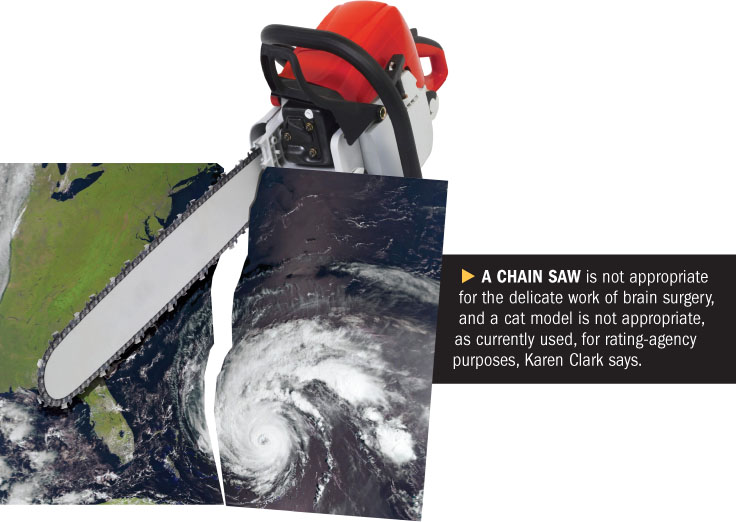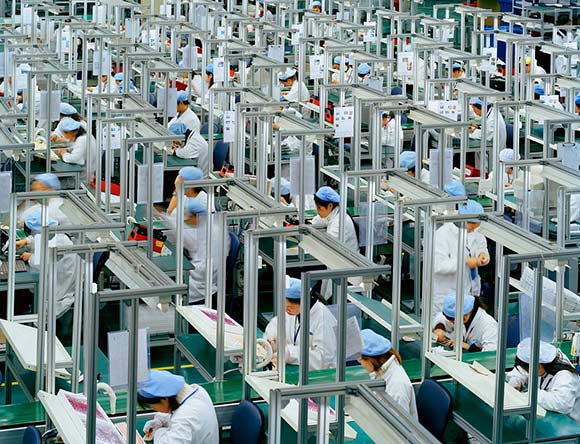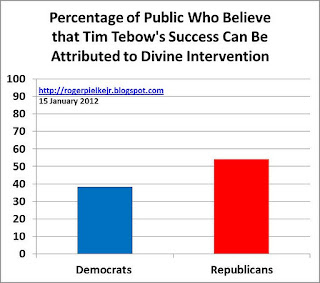Here is an excerpt:
Economic modelling has, for many people involved in Australian policy debates, become synonymous with the process of serious policy development. Proponents of policy change that are armed with economic modeling are often taken more seriously than those with 20 years experience working on the same problem. The modelling result that suggests tens of thousands of jobs will be lost or created often trumps logic or experience that suggests such claims are nonsensical.Economic models, like all models, can be very useful. But they can also be used in ways that are misleading or just plain wrong. Denniss provides some good advice for recognizing the difference.
This is not to suggest that modelling has no role to play in policy debates. It can and it does often make a useful contribution, but the fact that it sometimes can should not be confused with the conclusion that it always will. Indeed, in recent times some of the claims based on 'economic modelling' that has been made in debates such as the likely impact of poker machine reform or the introduction of a carbon price can only be described as nonsense.
The problem has become, however, that in an era in which segments of the media no longer have the time or inclination to examine claims before they are reported bad economic modelling is preferred by many advocacy and industry groups to good economic modelling for three main reasons:
1. it is cheaper
2. it is quicker
3. it is far more likely to yield the result preferred by the client
That said, bad economic modelling is relatively easy to identify if readers are willing to ask themselves, and the modeller, a range of simple questions. Indeed, it is even easier to spot when the modeler can't, or won't, answer such simple questions.




































